Home>Articles>How To Build A Stronger Deck Beam For A Sturdy Outdoor Space
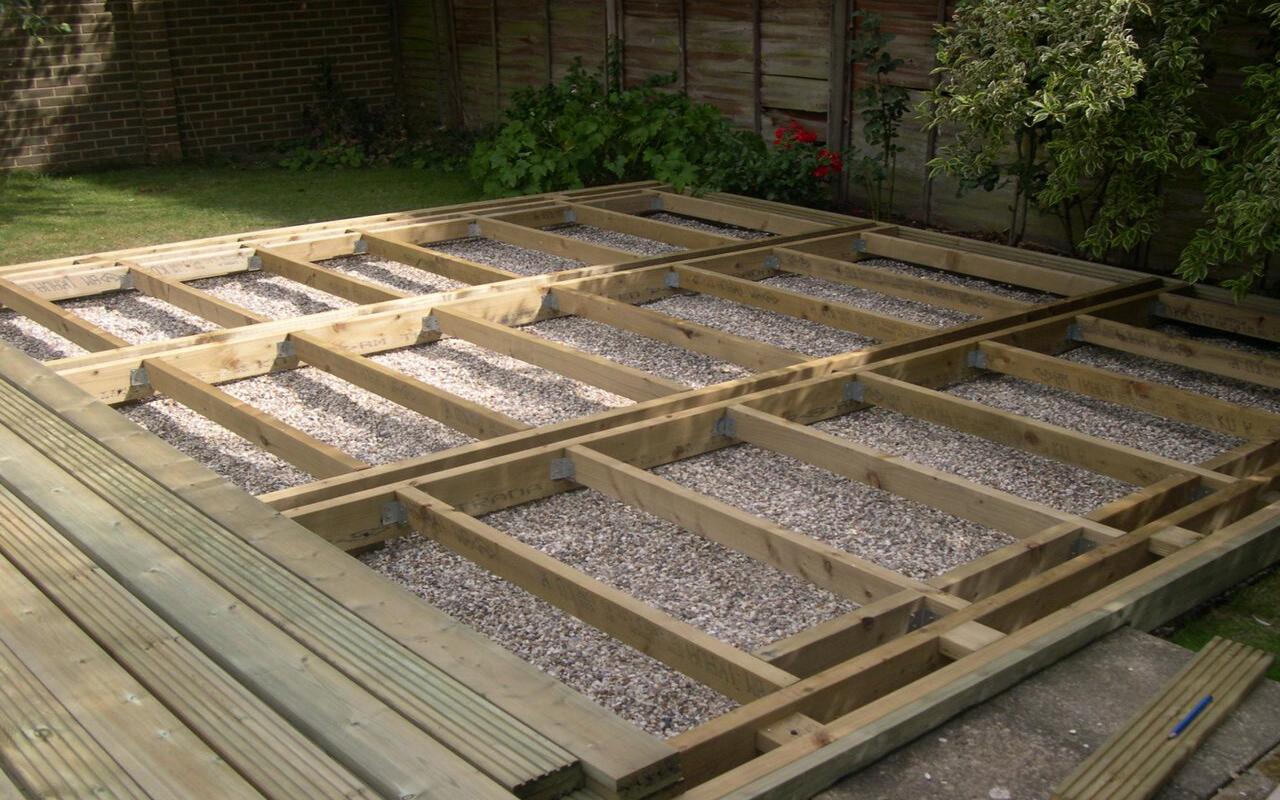

Articles
How To Build A Stronger Deck Beam For A Sturdy Outdoor Space
Modified: May 6, 2024
Looking for articles on how to build a stronger deck beam? Get expert tips and advice for creating a sturdy outdoor space.
(Many of the links in this article redirect to a specific reviewed product. Your purchase of these products through affiliate links helps to generate commission for Storables.com, at no extra cost. Learn more)
“
Introduction
Building a deck beam is an essential part of constructing a sturdy outdoor space that can withstand the test of time. The deck beam provides crucial support for the entire deck structure, ensuring its stability and durability. Whether you’re planning to build a new deck or reinforce an existing one, it’s important to understand the factors to consider and the steps involved in creating a stronger deck beam.
A strong deck beam is essential for structural integrity and safety, as it bears the weight of the deck, the furniture, and the people who will be enjoying the outdoor space. By following the right techniques and using the appropriate materials, you can make sure that your deck beam is built to last.
In this article, we will provide a comprehensive guide on how to build a stronger deck beam for a sturdy outdoor space. We will discuss the factors you need to consider before building a deck beam, the right materials to choose, and the tools required for the construction process. We will then provide a step-by-step guide on building a strong deck beam and offer tips and tricks to ensure its longevity.
Whether you’re a DIY enthusiast or working with a professional contractor, this article will equip you with the knowledge and guidance you need to develop a solid deck beam that will enhance your outdoor living experience.
So, let’s dive in and explore the key elements of building a stronger deck beam!
“”
Key Takeaways:
- Building a sturdy deck beam involves considering load-bearing capacity, local regulations, and climate, choosing the right materials, and using proper tools. Proper support, alignment, and reinforcements are crucial for long-term durability.
- To create a durable outdoor space, prioritize high-quality materials, follow building codes, and maintain the deck regularly. Implementing proper site preparation, ventilation, and corrosion-resistant fasteners enhances the deck’s longevity and functionality.
Read more: How To Install Deck Beams
Factors to Consider Before Building a Deck Beam
Before embarking on the construction of a deck beam, it’s important to consider several factors to ensure that your deck is safe, stable, and built to last. These factors will not only impact the strength and durability of the deck beam but also determine the overall success of your outdoor space. Let’s take a look at the key factors you should consider:
- Load-bearing capacity: One of the most crucial factors to consider is the load-bearing capacity of your deck beam. You must determine the maximum weight that the beam will need to support, including the weight of the deck itself, furniture, and any additional items you plan to place on the deck. It’s essential to ensure that the chosen materials and design can handle the anticipated load without compromising structural integrity.
- Deck dimensions: The size and dimensions of your deck will play a significant role in determining the strength of the deck beam. The length, width, and height of the deck will impact the spacing and size of the beams required for adequate support. It’s essential to accurately measure and plan the deck layout to ensure proper beam placement and spacing.
- Local building codes and regulations: It is important to familiarize yourself with local building codes and regulations governing the construction of decks in your area. Building codes may dictate specific requirements for deck beams, such as minimum beam size, spacing, and the use of specific materials. Adhering to these regulations will not only ensure the safety and stability of your deck but also prevent potential legal issues in the future.
- Climate and environmental considerations: The climate and environmental conditions of your location should also be taken into account. Factors such as extreme temperatures, high humidity, heavy rain, and exposure to sunlight can affect the deck beam’s durability. Choosing materials that can withstand these conditions will help ensure the longevity of your deck.
- Future maintenance: Consider the level of maintenance you are willing to commit to for your deck. Different materials require varying degrees of maintenance, such as regular sealing, staining, or painting. Factor in the time and effort you are willing to invest in maintenance when selecting the materials for your deck beam.
By considering these factors before building a deck beam, you can ensure that your deck is structurally sound, safe, and built to withstand the specific requirements of your outdoor space. Taking the time to plan and make informed decisions will contribute to a stronger and more durable deck in the long run.
“”
Choosing the Right Materials for Your Deck Beam
When it comes to building a strong deck beam, selecting the right materials is crucial. The materials you choose will impact the durability, strength, and overall longevity of your deck. Here are some considerations to keep in mind when choosing materials for your deck beam:
- Wood: Wood is a popular choice for deck beams due to its natural look and availability. Pressure-treated lumber, cedar, and redwood are commonly used for deck beams. Pressure-treated lumber is treated with chemicals to resist rot, decay, and insect damage, making it a durable and cost-effective option. Cedar and redwood are naturally resistant to decay and offer a visually appealing finish, although they can be more expensive.
- Engineered wood products: Engineered wood products, such as laminated veneer lumber (LVL) and glue-laminated timber (glulam), offer enhanced strength and stability compared to traditional wood beams. These products are made by bonding multiple layers of wood together, resulting in a strong and consistent beam. Engineered wood products are often used for longer spans or in areas with stricter building codes.
- Steel: Steel beams provide exceptional strength and load-bearing capacity, making them suitable for larger or more complex deck structures. Steel beams can withstand heavy loads and offer long-term durability. However, steel can be more expensive and may require professional installation due to its weight and specialized construction techniques.
- Composite materials: Composite materials, such as recycled plastic and wood fibers, offer a low-maintenance and environmentally friendly alternative to traditional wood beams. These materials are resistant to rot, decay, and insect damage, making them ideal for decks in high-moisture environments. Composite beams come in various colors and finishes, providing versatility in design options.
- Other considerations: In addition to the materials mentioned above, you should also consider factors such as cost, availability, and compatibility with the rest of your deck structure. It’s important to choose materials that align with your budget, are readily accessible, and match the aesthetic and design of your deck.
Before making a final decision on the materials for your deck beam, it’s recommended to consult with a professional or follow local building codes and regulations. They can provide guidance on the most suitable materials for your specific deck requirements and ensure compliance with safety standards.
Remember, choosing the right materials for your deck beam is essential for its strength, durability, and long-term performance. By selecting high-quality materials that are well-suited to your needs and properly maintaining them, you can enjoy a sturdy and attractive deck for years to come.
“”
Tools and Equipment Required for Building a Stronger Deck Beam
When it comes to building a stronger deck beam, having the right tools and equipment is essential. Proper tools not only make the construction process more efficient but also ensure accuracy and a quality end result. Here are some of the key tools and equipment you will need for building a stronger deck beam:
- Tape Measure: A tape measure is an essential tool for accurately measuring the dimensions of your deck, including the length and spacing of the deck beams.
- Level: A level is crucial for ensuring that your deck beam is straight and properly aligned. It helps you achieve a level and balanced deck surface.
- Circular Saw: A circular saw is used for cutting the deck beams to the desired length. It allows for precise and clean cuts, ensuring a proper fit and alignment.
- Drill: A drill is necessary for creating pilot holes and driving screws or nails into the deck beam. It is recommended to use a drill with a hammer function for better control and efficiency.
- Clamps: Clamps are useful for holding the deck beam in place while you secure it, preventing any movement or misalignment during the installation process.
- Screwdriver: A screwdriver is needed for tightening screws used to secure the deck beam. Choose a screwdriver that matches the type and size of screws you are using.
- Safety Equipment: Safety should always be a top priority when working with tools and construction materials. Wear safety glasses to protect your eyes from flying debris, gloves to protect your hands, and a dust mask if you’re working with wood or composite materials.
- Miter Saw or Jigsaw: Depending on the design of your deck, you may need a miter saw or a jigsaw to make angled or curved cuts on the deck beams.
- Chalk Line: A chalk line is used to create straight lines and mark the location of the deck beams on the underlying support structure.
- Hammer: A hammer may be needed for driving nails into the deck beam in certain situations where screws are not preferred or recommended.
It’s important to note that the specific tools and equipment you require may vary depending on the complexity of your deck design and the materials you are working with. It’s always best to consult the manufacturer’s guidelines and recommendations for the materials you are using and seek professional advice if needed.
By having the right tools and equipment on hand, you’ll be well-equipped to build a strong and sturdy deck beam that will withstand the test of time and provide a secure foundation for your outdoor space.
“”
Step-by-Step Guide to Building a Strong Deck Beam
Building a strong deck beam is a critical step in the construction of a sturdy and lasting outdoor space. Follow this step-by-step guide to ensure that your deck beam is built correctly:
- Plan and Design: Start by planning and designing your deck layout. Measure and mark the desired locations for the deck beams on the underlying support structure, taking into consideration the dimensions of the deck and any load-bearing requirements.
- Prepare the Materials: Gather all the necessary materials for your deck beam, such as pressure-treated lumber or engineered wood beams. Cut the beams to the appropriate length, accounting for any necessary overhang.
- Install Support Posts: Install support posts at each marked location where the deck beams will be positioned. Use a level to ensure that the support posts are plumb and securely anchored to the ground or the supporting structure.
- Place the Beams: Position the cut deck beams onto the support posts, ensuring that they are level and evenly spaced. Use clamps to hold the beams in place temporarily.
- Align and Secure the Beams: Use a level to ensure that the deck beams are straight and aligned. Secure the beams to the support posts using screws or nails, making sure they are firmly attached.
- Add Bracing and Stabilization: Depending on the length and span of your deck beams, you may need to add additional bracing and stabilization. This can be done by attaching diagonal braces or installing joist hangers for added support.
- Double-check Alignment and Levelness: Once all the deck beams are secured, double-check the alignment and levelness. Make any necessary adjustments to ensure that the deck beams are straight and properly aligned.
- Inspect for Structural Integrity: Thoroughly inspect the deck beam’s structural integrity, checking for any signs of weakness or instability. Reinforce any areas that may require additional support or make adjustments as needed.
- Proceed with Deck Construction: With the deck beam securely in place, you can proceed with the construction of the deck floor, railing, and any additional features you have planned for your outdoor space.
- Maintain and Inspect Regularly: It’s important to regularly inspect and maintain your deck beam and the overall deck structure. Check for any signs of wear, rot, or damage over time, and make any necessary repairs or replacements to ensure long-term stability.
Following these steps will help you build a strong and reliable deck beam that forms the foundation of a sturdy outdoor space. Remember to adhere to local building codes and regulations, and consult with professionals if you have any doubts or concerns throughout the construction process.
By taking the time to construct your deck beam properly, you can enjoy a safe and long-lasting deck that provides years of outdoor enjoyment.
“”
When building a deck beam for a sturdy outdoor space, consider using multiple pieces of lumber and fastening them together with bolts and construction adhesive for added strength and stability.
Read more: How To Build Outdoor Furniture
Ensuring Proper Support and Alignment of the Deck Beam
Proper support and alignment of the deck beam are crucial for the structural integrity and stability of your outdoor space. To ensure that your deck beam is well-supported and properly aligned, follow these key steps:
- Choose the Right Support Posts: Select support posts that are sturdy, solid, and able to bear the weight of the deck beam and the load it will carry. The support posts should be made of durable materials such as pressure-treated lumber or steel, and securely anchored to the ground or the underlying structure.
- Position Support Posts Correctly: Place the support posts at the locations that have been marked according to your deck design and load-bearing requirements. Make sure they are evenly spaced and aligned with the layout of the deck.
- Use Leveling Tools: Utilize a level to ensure that the support posts are plumb, meaning they are perfectly vertical. This helps prevent any leaning or instability of the deck beam. Adjust the support posts as necessary until they are level in both directions.
- Properly Attach the Deck Beam: Position the deck beam onto the support posts, ensuring that it is level and aligned with the layout of the deck. Secure the deck beam to the support posts using screws or nails, making sure it is firmly attached to provide adequate support.
- Add Additional Bracing: Depending on the length and span of your deck beam, you may need to add additional bracing for increased support. This can involve installing diagonal braces between the deck beam and the underlying structure. The braces help distribute the load and prevent sagging or shifting of the deck beam.
- Check for Alignment and Levelness: Use a level to ensure that the deck beam is straight and level. This ensures proper weight distribution and prevents any unevenness or instability in the deck structure. Make any necessary adjustments to achieve the desired alignment and levelness.
- Inspect for Stability: Thoroughly inspect the deck beam for stability, checking for any signs of movement, shaking, or weakness. If you notice any issues, reinforce the deck beam with additional support or consult with a professional to address the problem.
By following these steps and taking the time to ensure proper support and alignment of your deck beam, you can create a solid and stable foundation for your outdoor space. Remember to regularly inspect the deck beam and make any necessary adjustments or repairs to maintain its structural integrity.
Additionally, consulting with a professional or adhering to local building codes and regulations can provide you with further guidance and ensure that your deck beam meets the necessary safety standards.
By prioritizing proper support and alignment, you can enjoy a secure and reliable deck that will withstand the test of time.
“”
Installing Additional Reinforcements for Added Strength
Installing additional reinforcements can significantly enhance the strength and durability of your deck beam, ensuring that it can withstand heavy loads and external forces. Here are some key methods to consider when reinforcing your deck beam:
- Double-Up the Beams: One effective way to reinforce your deck beam is to double-up the beams by attaching another beam alongside the existing one. This technique increases the load-bearing capacity of the beam, providing added strength and stability.
- Use Sistering Boards: Sistering involves attaching additional boards or beams next to the existing deck beam. This technique helps distribute the load more evenly and compensates for any weaknesses or flaws in the original beam.
- Install Support Brackets: Support brackets can be used to reinforce the connection between the deck beam and the support posts. These brackets are typically made of metal and are designed to provide additional support and prevent the beam from shifting or sagging.
- Add Lateral Bracing: Lateral bracing involves installing additional braces or supports perpendicular to the deck beam. These braces help prevent lateral movement or instability, particularly in longer spans or areas prone to high winds or seismic activity.
- Use Metal Ties or Connectors: Metal ties or connectors, such as joist hangers or hurricane ties, can provide added strength at crucial points where the deck beam connects to the underlying structure. These metal components provide secure connections and distribute the load more effectively.
- Consider Steel Reinforcement Plates: In cases where additional reinforcement is needed, steel reinforcement plates can be used. These plates are installed on either side of the beam and secured with bolts or screws, increasing the beam’s load-bearing capacity and structural integrity.
- Consult with a Professional: If you’re unsure about the best method of reinforcement for your deck beam or if you’re dealing with a complex deck structure, it’s advisable to consult with a professional contractor or engineer. They can assess your specific needs and recommend the most suitable reinforcement techniques.
By installing additional reinforcements, you can significantly enhance the strength and stability of your deck beam, ensuring its longevity and safety. It’s important to note that the specific reinforcement methods will depend on factors such as the deck design, load requirements, and local building codes. Be sure to follow recommended guidelines to ensure proper installation and compliance with safety standards.
Regularly inspect your deck beam and its reinforcements for signs of wear, movement, or deterioration. Address any issues promptly to maintain the strength and stability of your deck structure.
By reinforcing your deck beam appropriately, you can enjoy a long-lasting and robust outdoor space that provides peace of mind and withstands the test of time.
“”
Tips and Tricks for Building a Sturdy Outdoor Space
Building a sturdy outdoor space requires careful planning, proper execution, and attention to detail. Here are some tips and tricks to help you create a durable and long-lasting deck:
- Choose High-Quality Materials: Opt for high-quality materials that are specifically designed for outdoor use. Select pressure-treated lumber, composite decking, or other weather-resistant materials that can withstand the elements and resist rot, decay, and insect damage.
- Prepare the Site: Ensure that the ground beneath your deck is properly prepared. Clear any vegetation, level the ground, and consider adding a weed barrier to prevent weed growth beneath the deck. Proper site preparation promotes stability and prevents future issues.
- Follow Building Codes: Adhere to local building codes and regulations to ensure your deck meets the necessary safety standards. Check with your local authorities or consult with a professional to ensure compliance and obtain any required permits.
- Allow for Proper Air Circulation: Proper air circulation helps prevent moisture buildup, which can lead to the growth of mold, mildew, and rot. Leave adequate spacing between deck boards to allow for proper ventilation and drainage.
- Regularly Inspect and Maintain: Perform regular inspections of your deck to identify and address any signs of damage or wear. Replace any damaged boards, tighten loose fasteners, and apply sealant or stain as needed to protect the wood or composite materials and prolong their lifespan.
- Ensure Proper Flashing: Install flashing to prevent water from seeping into the vulnerable areas of your deck, such as where it connects to the house or other structures. Proper flashing helps maintain the structural integrity of the deck and prevents water damage.
- Use Stainless Steel or Corrosion-Resistant Fasteners: When fastening boards or securing the deck structure, use stainless steel or corrosion-resistant fasteners. This prevents rusting and ensures the longevity of your deck.
- Consider Adding Lighting: Incorporate lighting into your deck design to not only enhance the aesthetic appeal but also improve safety and usability during the evening hours. Install deck lights or pathway lights to illuminate the space and highlight key areas.
- Remove Snow and Debris: During winter months, promptly remove snow and debris from your deck to prevent excess weight and moisture buildup. Use a plastic shovel or broom to avoid damaging the deck surface.
- Regularly Clean the Deck: Clean your deck periodically to remove dirt, grime, and mildew. Use a mild detergent or deck cleaner and a brush or power washer to thoroughly clean the surface. Regular cleaning helps maintain its appearance and extends its lifespan.
By implementing these tips and tricks, you can build and maintain a sturdy outdoor space that withstands the elements, provides a safe environment, and enhances your outdoor living experience. Remember to prioritize quality materials, proper construction techniques, and regular maintenance to ensure the longevity of your deck.
Whether you’re a seasoned DIY enthusiast or working with a professional contractor, these guidelines will help you create a strong and reliable outdoor space that you can enjoy for years to come.
“”
Conclusion
Building a strong and durable deck beam is essential for creating a sturdy outdoor space that can withstand the test of time. By considering the factors to consider before building, choosing the right materials, using the appropriate tools, and following a step-by-step guide, you can construct a robust deck beam that provides a solid foundation for your deck.
Proper support and alignment of the deck beam are crucial for its structural integrity. Ensure that you choose the right support posts, position them correctly, and use leveling tools to achieve proper alignment. Additional reinforcements, such as double-up beams, sistering boards, support brackets, lateral bracing, and metal connectors, can be installed to further enhance the strength and stability of the deck beam.
To build a sturdy outdoor space, it’s important to choose high-quality materials that are suitable for outdoor use and follow local building codes and regulations. Regular inspections and maintenance will help identify and address any issues before they escalate, ensuring the longevity of your deck.
By implementing tips and tricks such as proper site preparation, allowing for adequate air circulation, using corrosion-resistant fasteners, and considering additional features like lighting, you can enhance the durability and functionality of your outdoor space.
In conclusion, a well-built and sturdy deck beam is the foundation of a solid outdoor space. With careful planning, proper materials, the right tools, and attention to detail, you can construct a deck that provides years of enjoyment, safety, and beauty for you and your loved ones.
So, go ahead and embark on your deck-building journey with confidence, knowing that you have the knowledge and guidance to create a sturdy and long-lasting outdoor space.
“
Now that you've mastered building a strong deck beam, why not spruce up that outdoor space with some vibrant decor? Our next guide provides fantastic ideas on how to breathe new life into your deck, making it the perfect spot for relaxation and entertainment. From selecting the right color schemes to adding functional yet stylish accessories, you'll find everything needed to enhance your outdoor living area. Don't miss out on transforming your deck into a haven for gatherings or quiet moments alike.
Frequently Asked Questions about How To Build A Stronger Deck Beam For A Sturdy Outdoor Space
Was this page helpful?
At Storables.com, we guarantee accurate and reliable information. Our content, validated by Expert Board Contributors, is crafted following stringent Editorial Policies. We're committed to providing you with well-researched, expert-backed insights for all your informational needs.
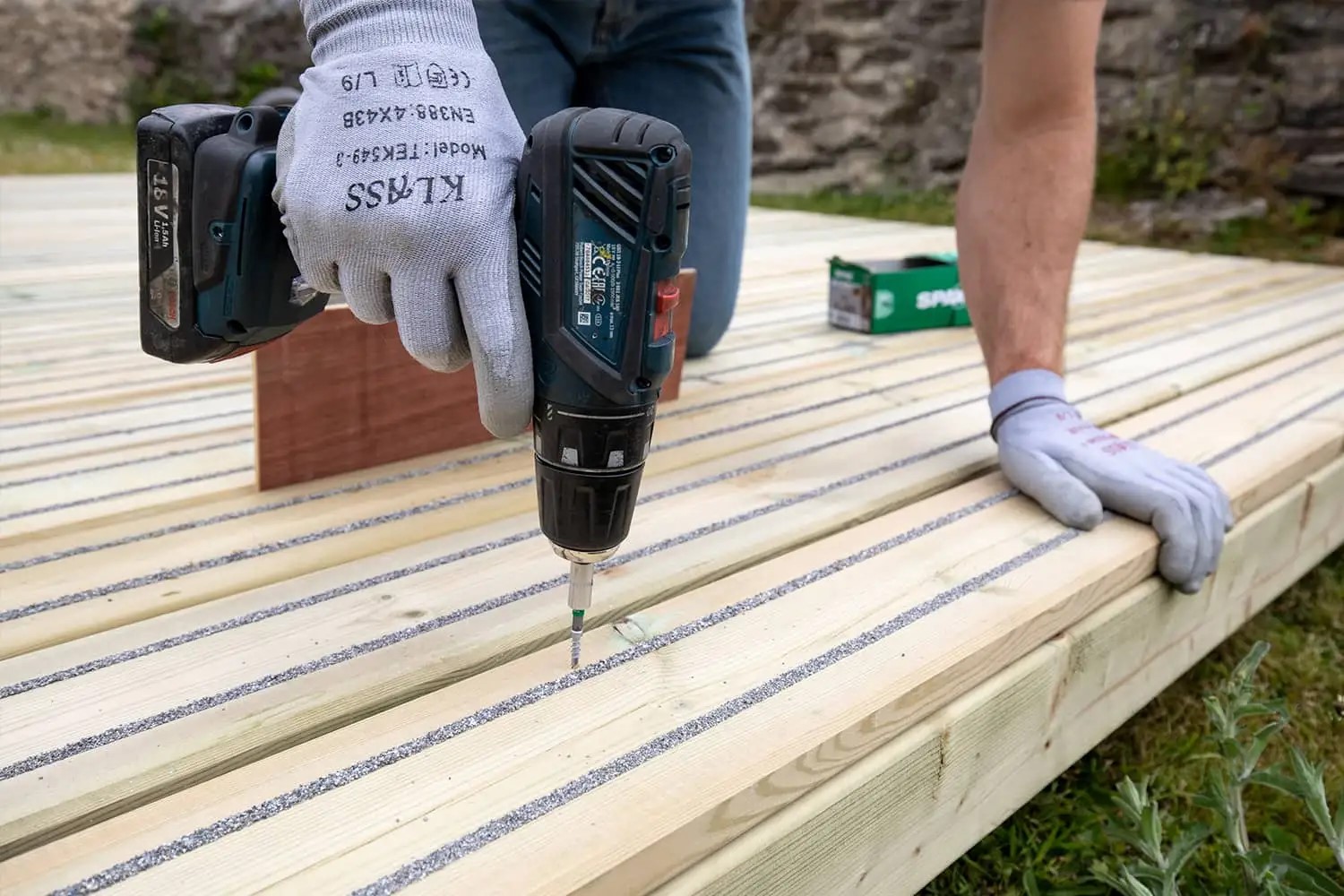
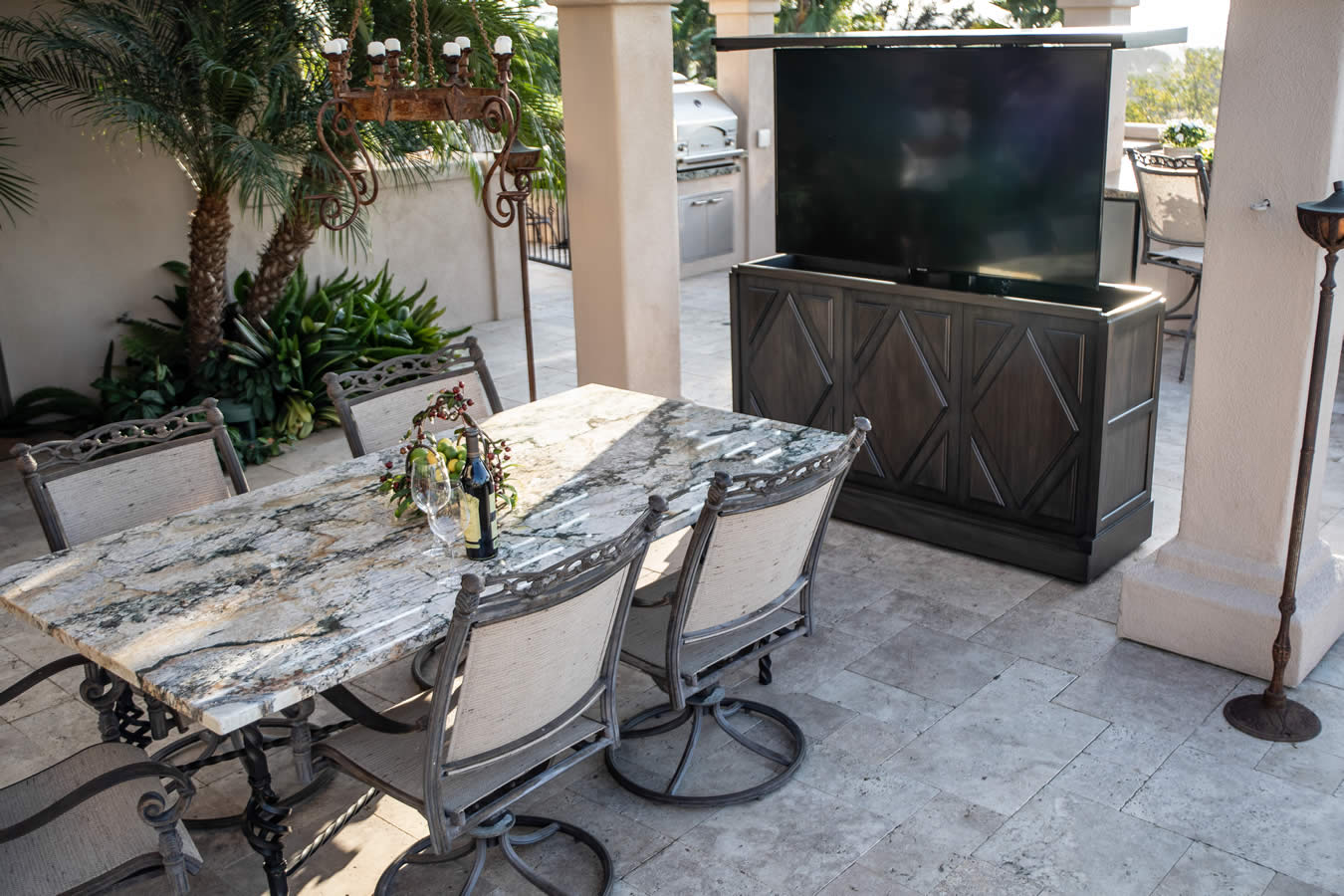
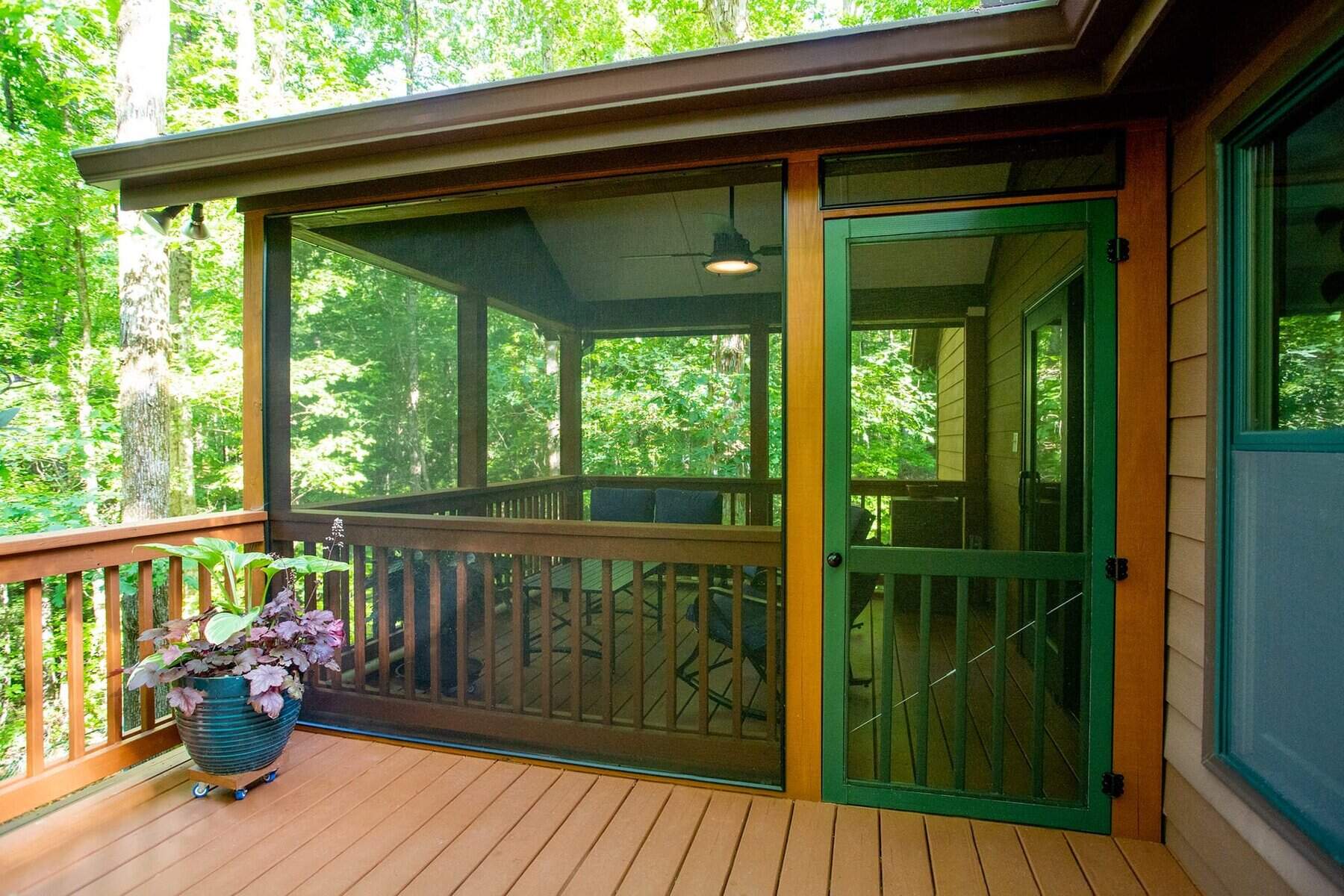
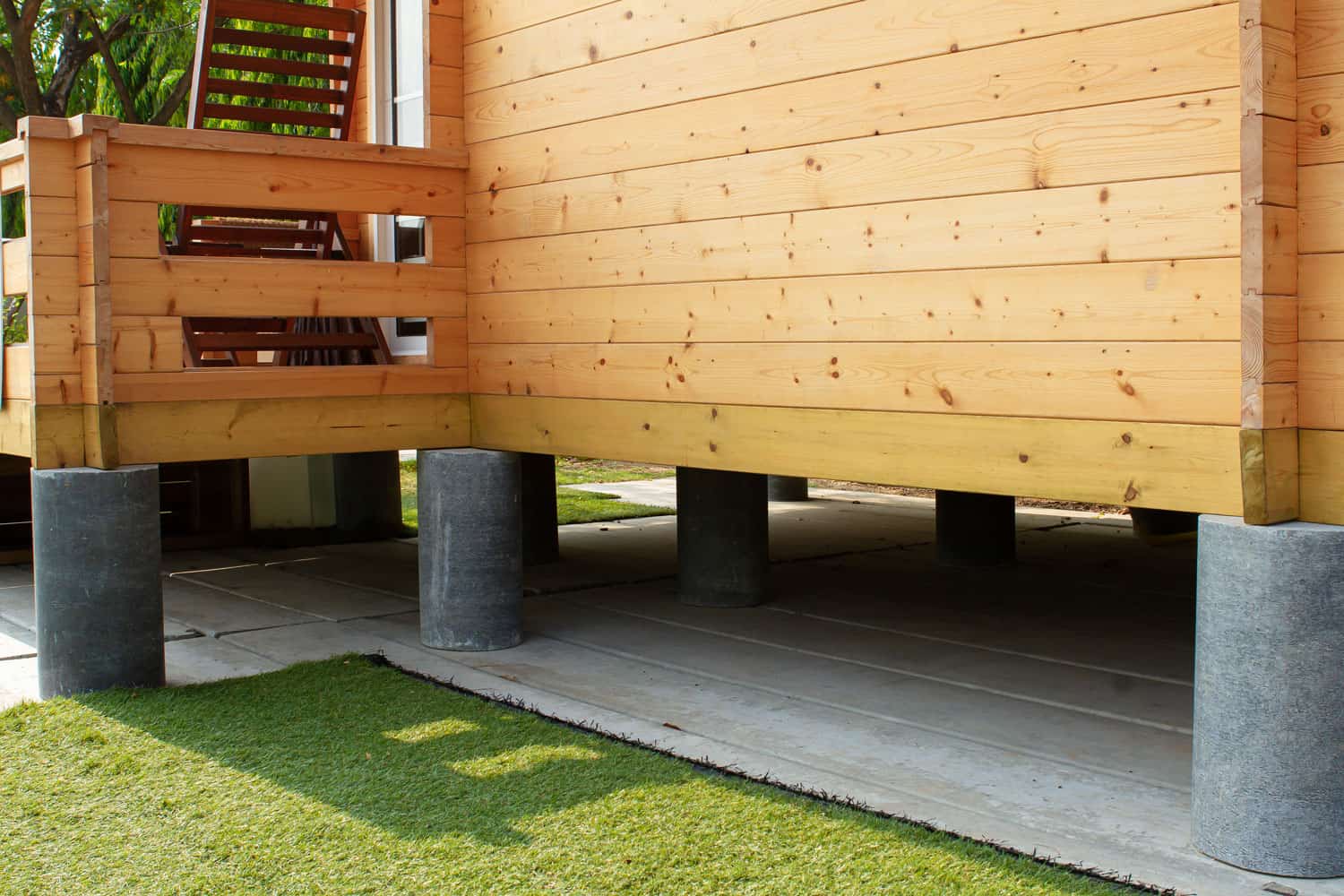
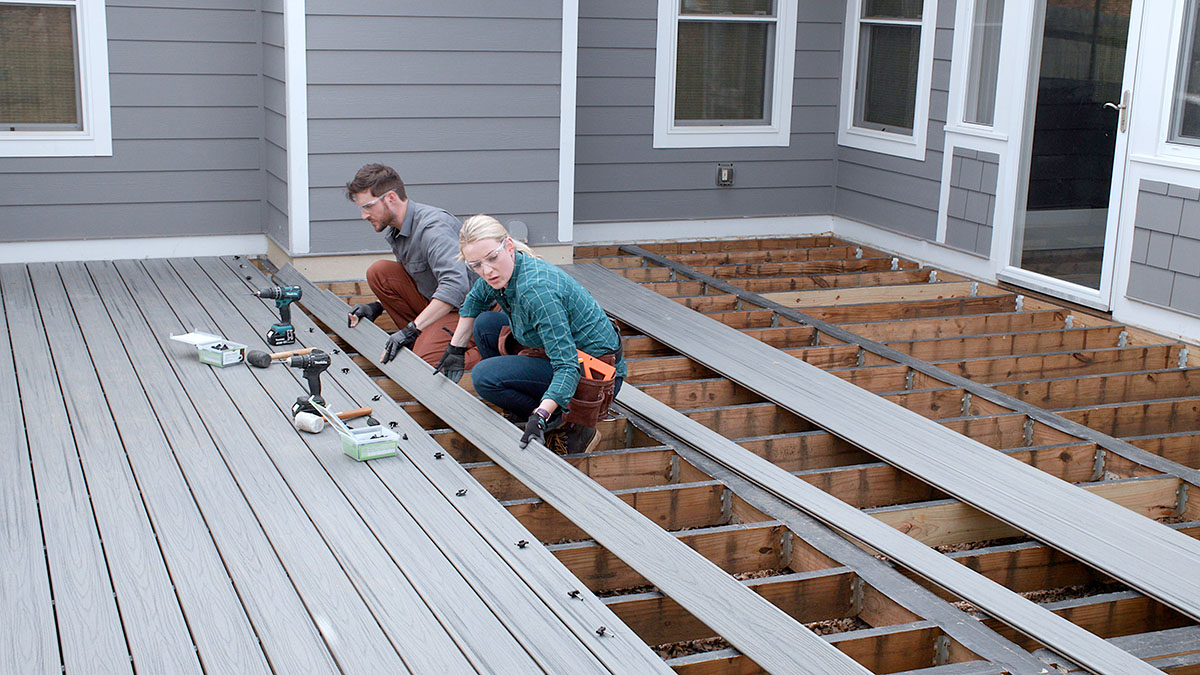
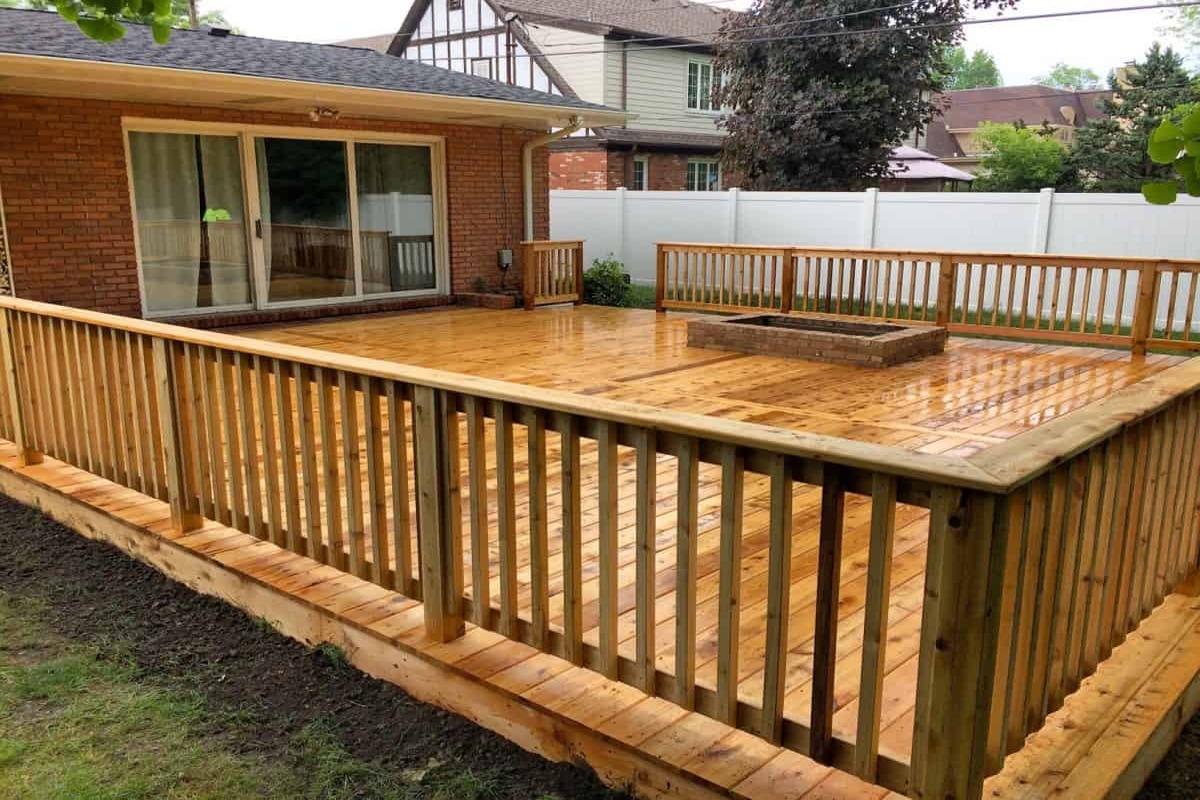
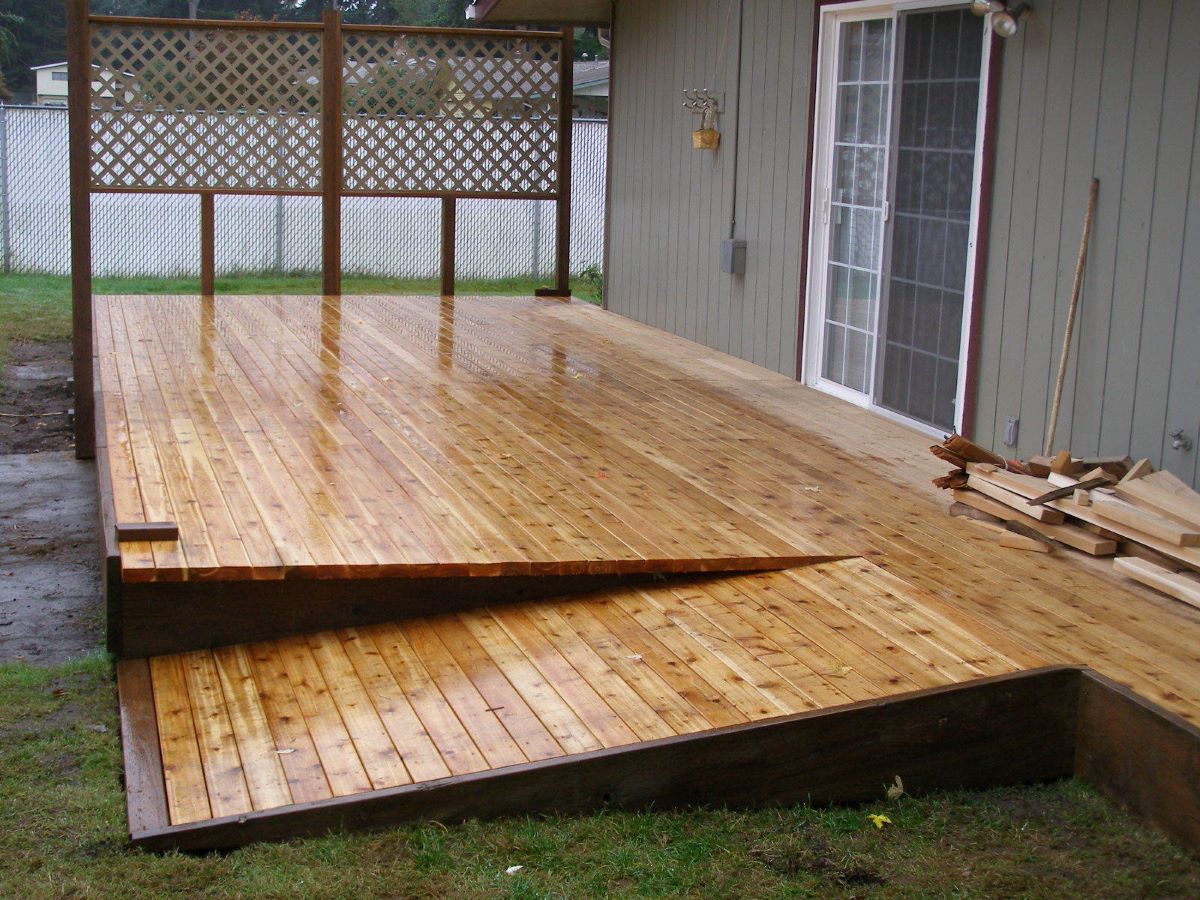
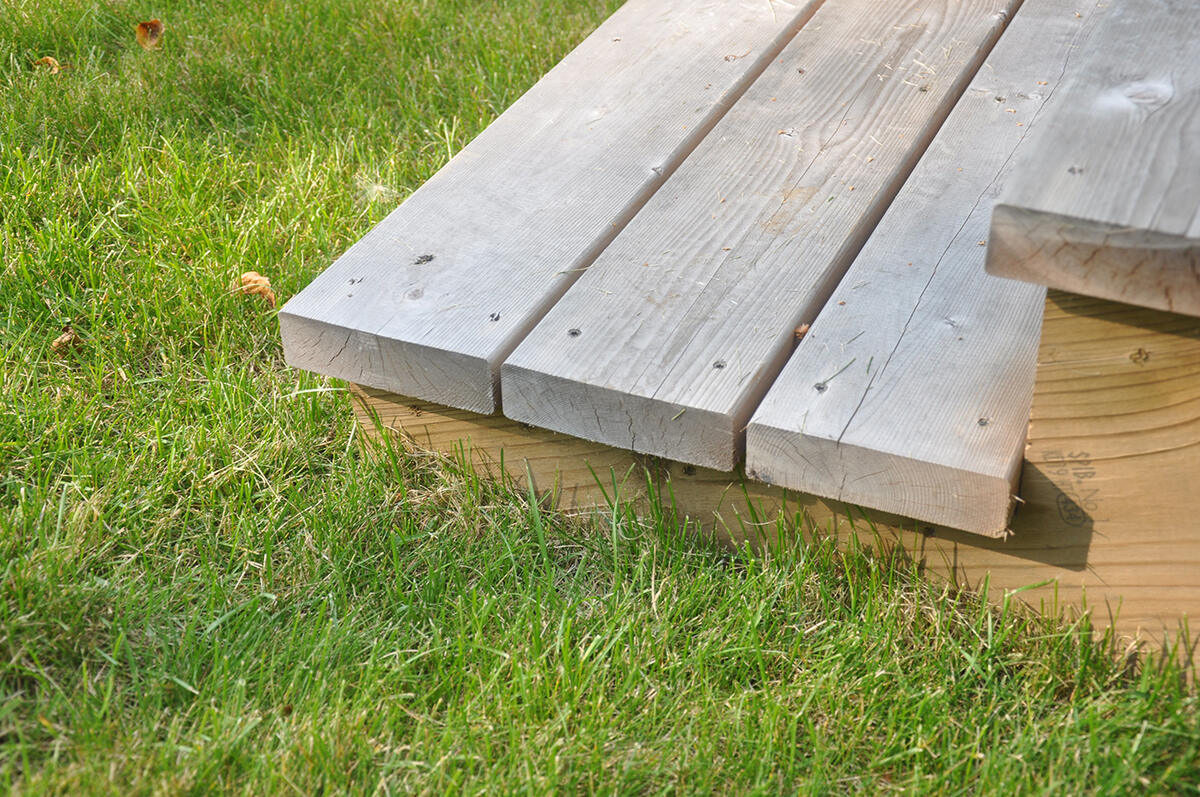
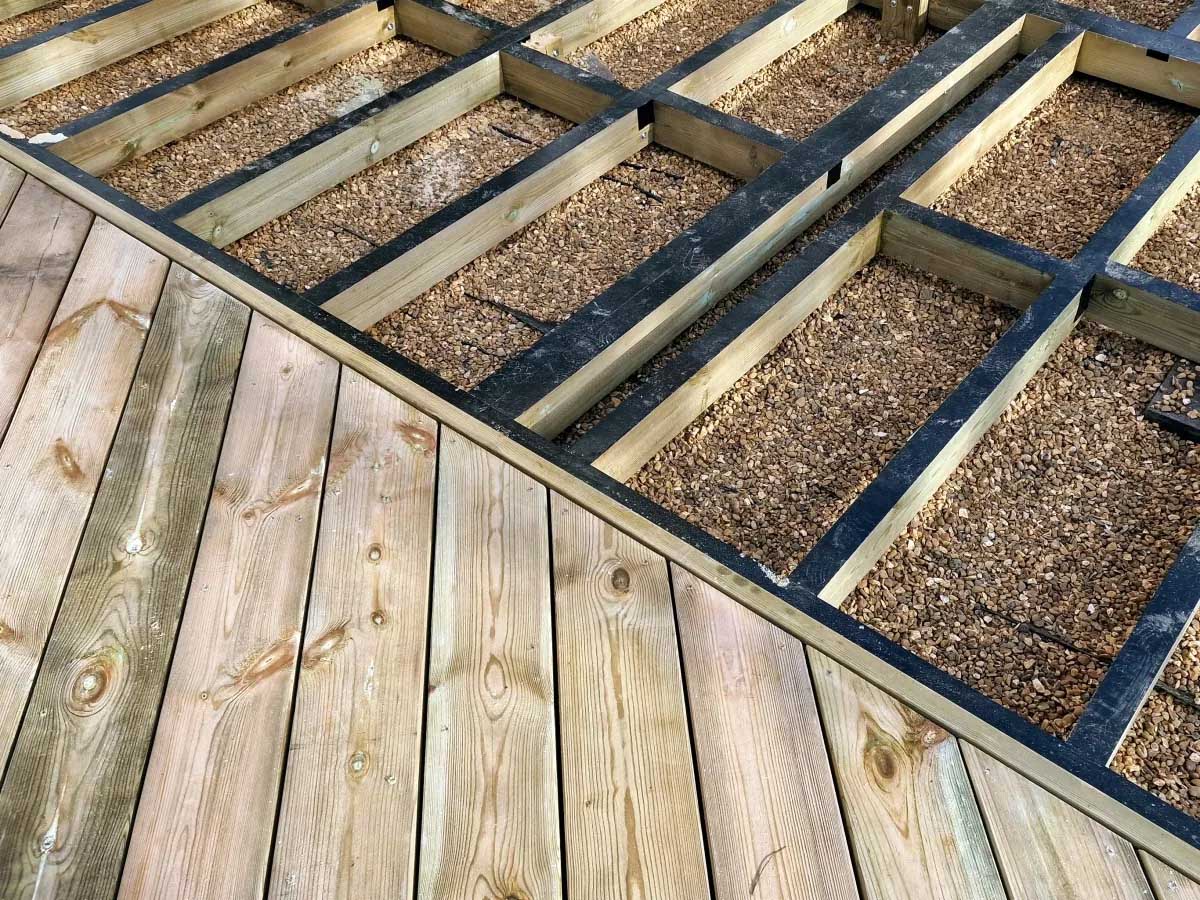
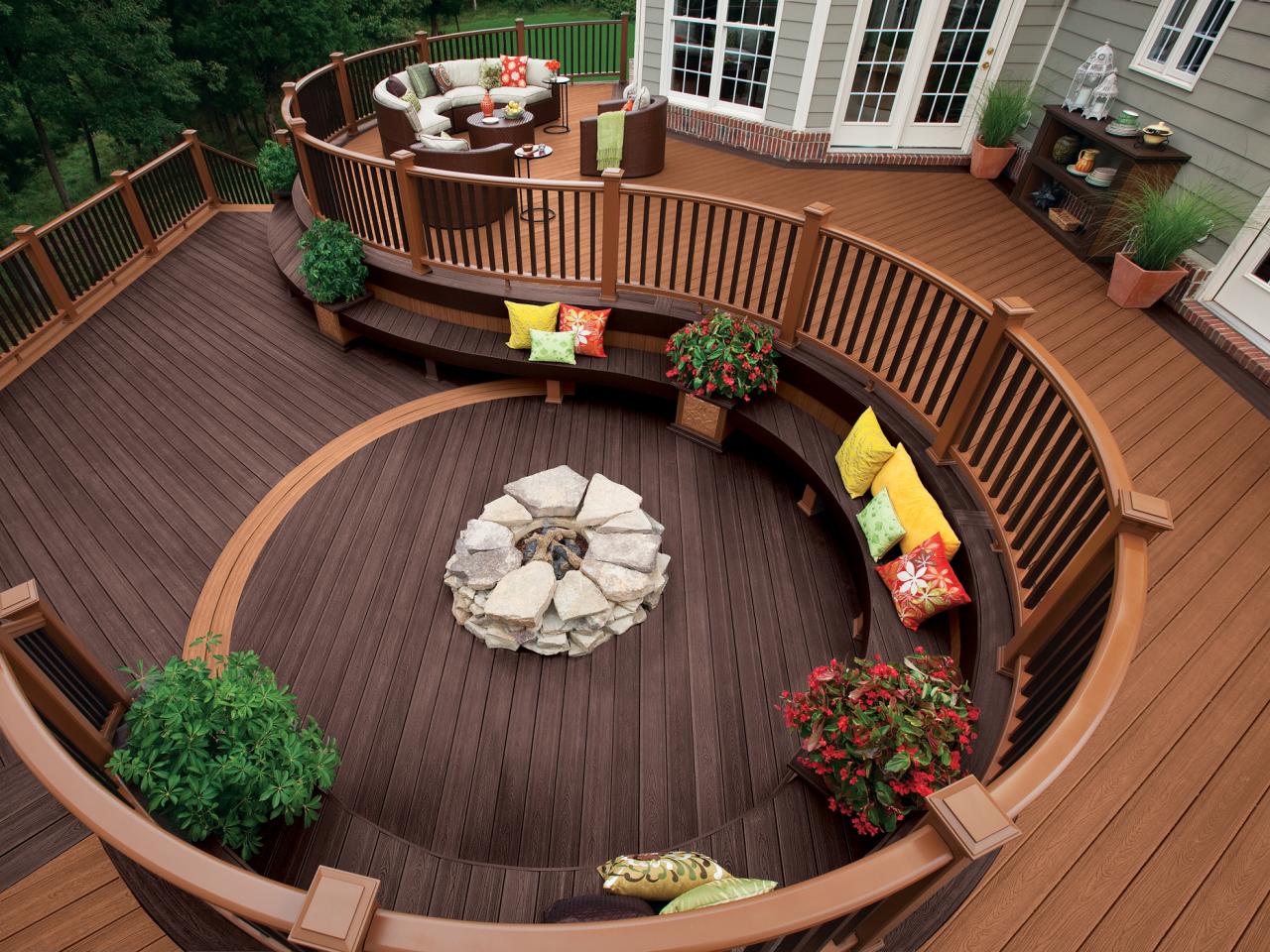
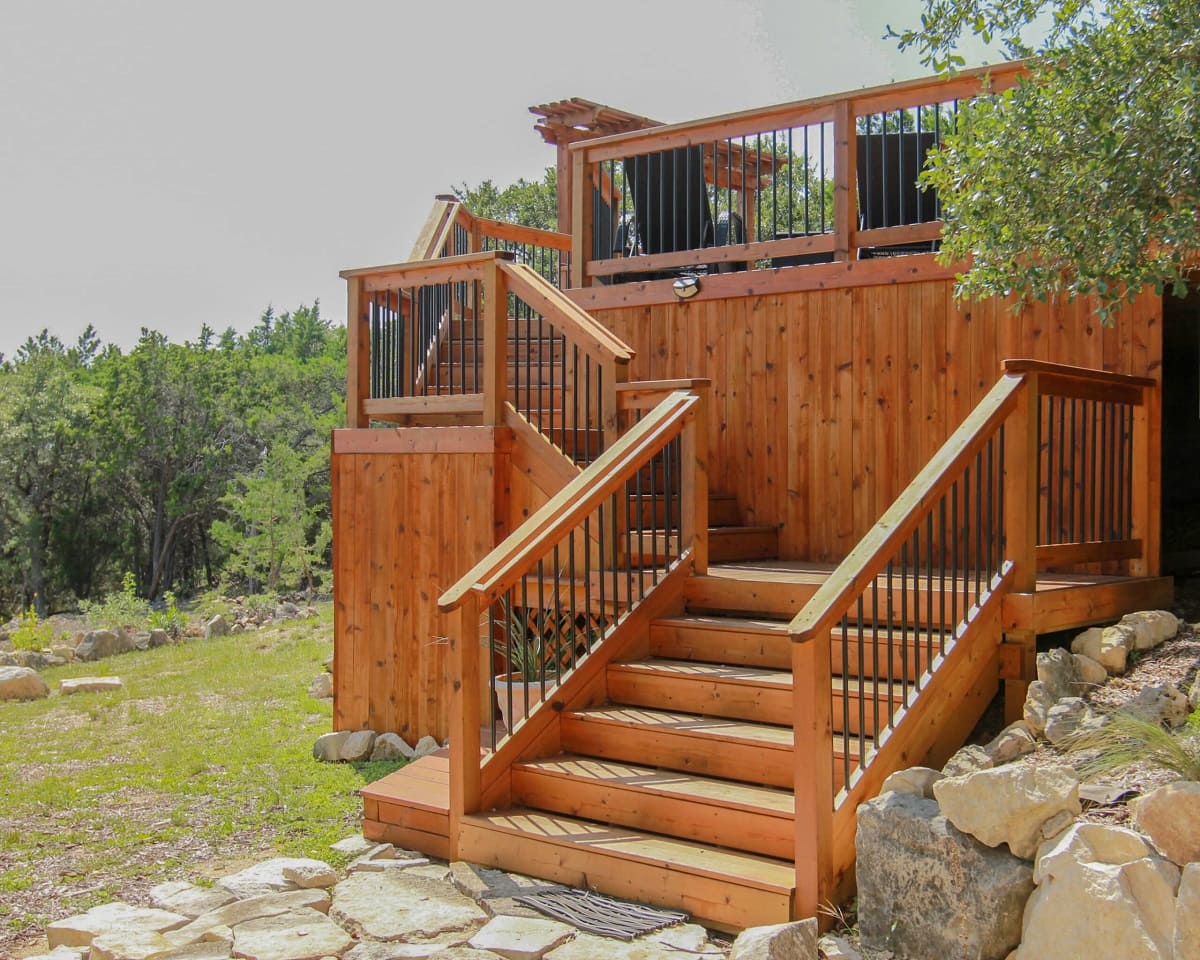
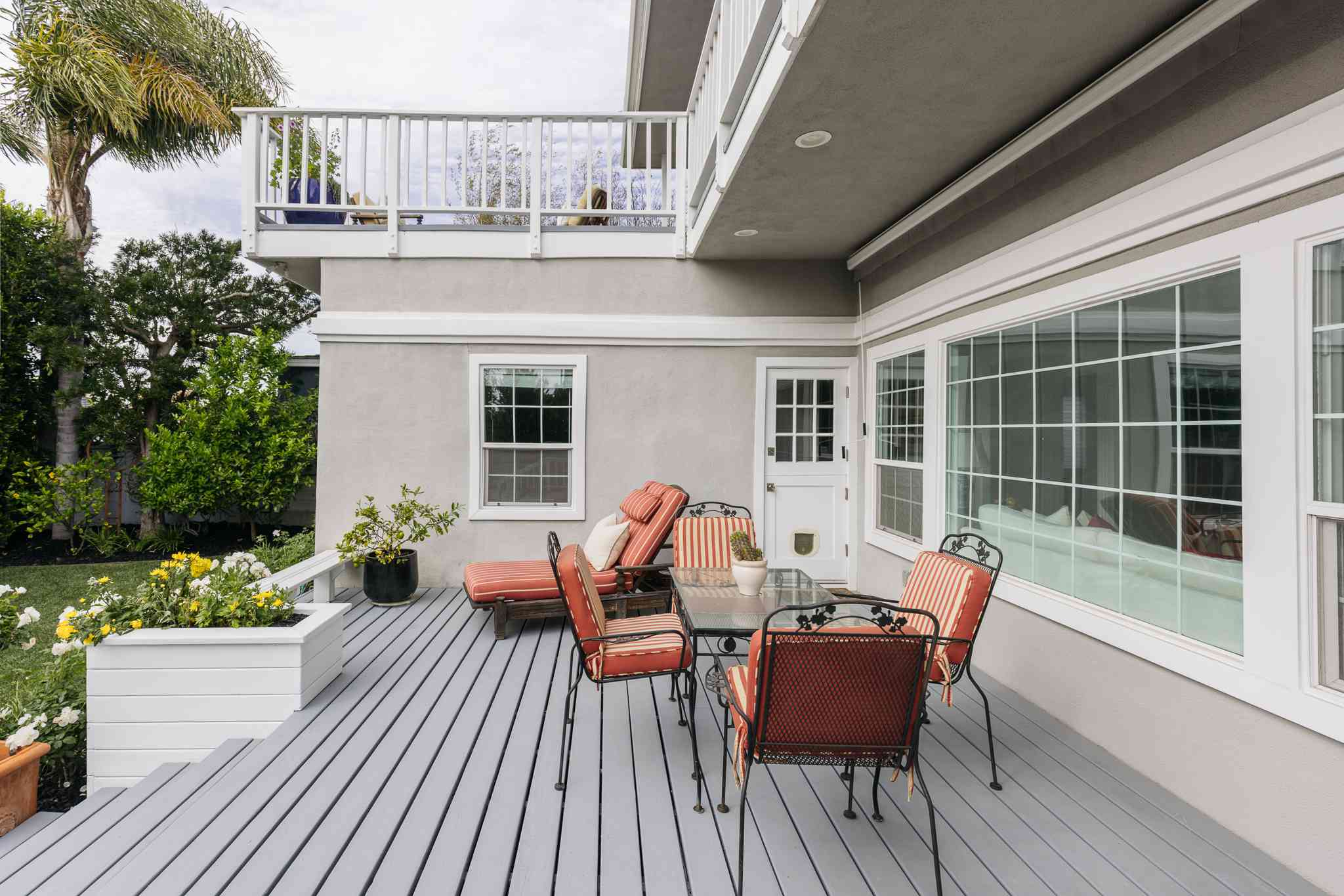
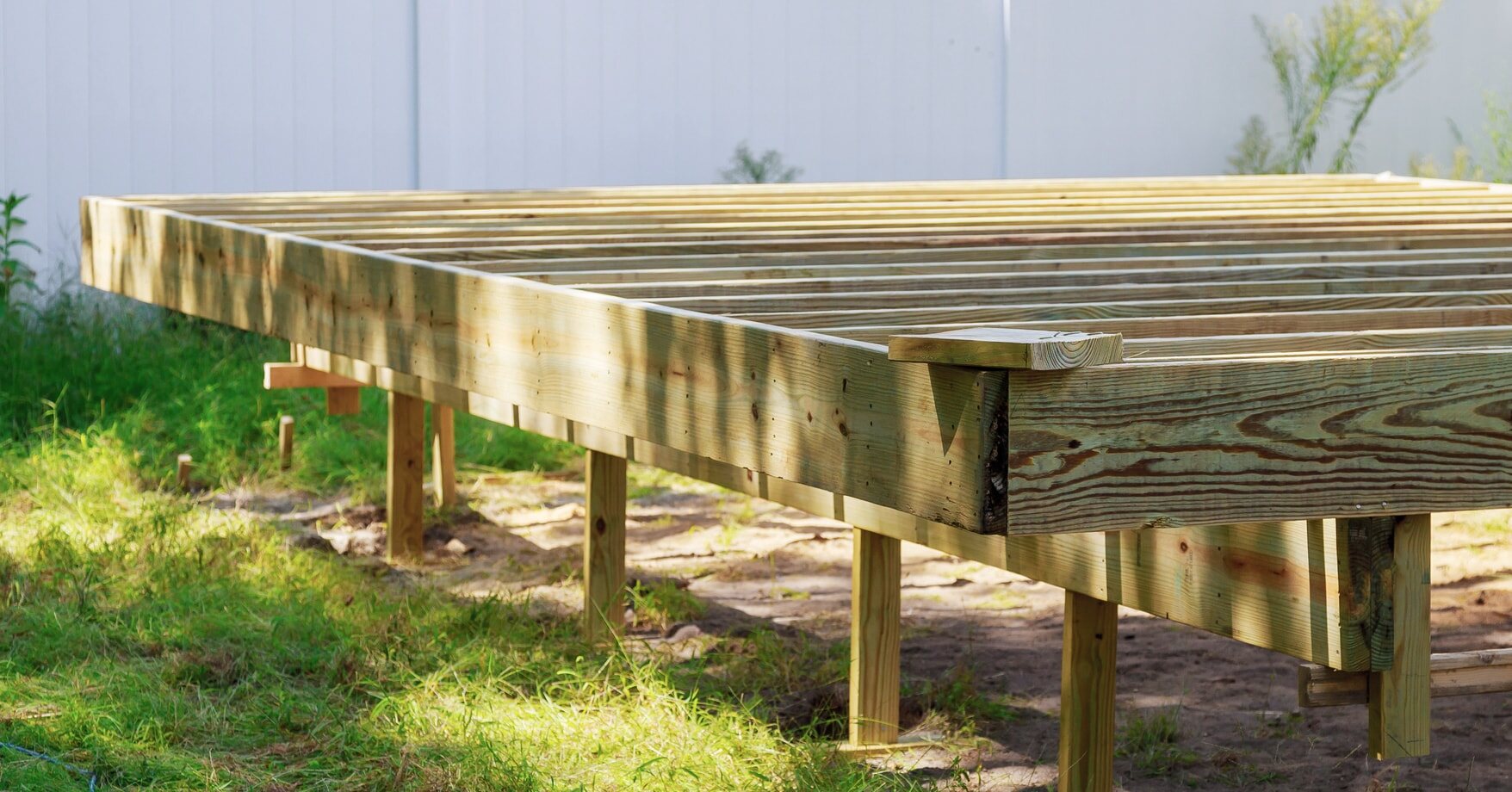
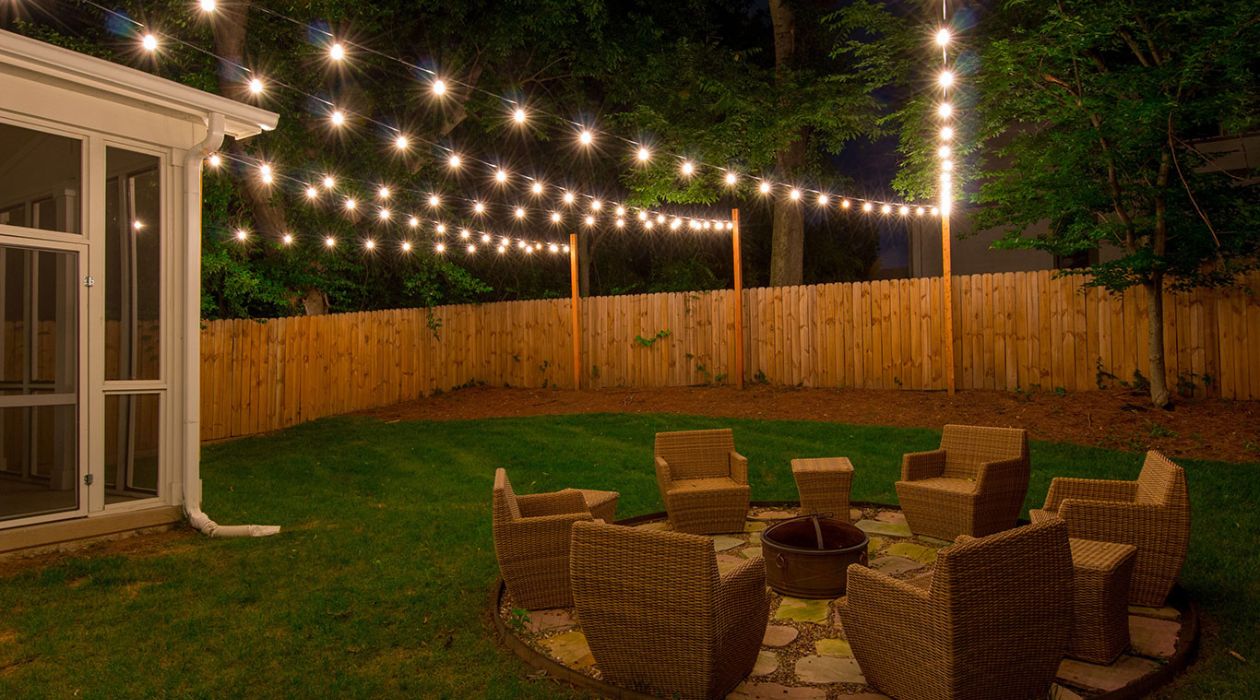

0 thoughts on “How To Build A Stronger Deck Beam For A Sturdy Outdoor Space”